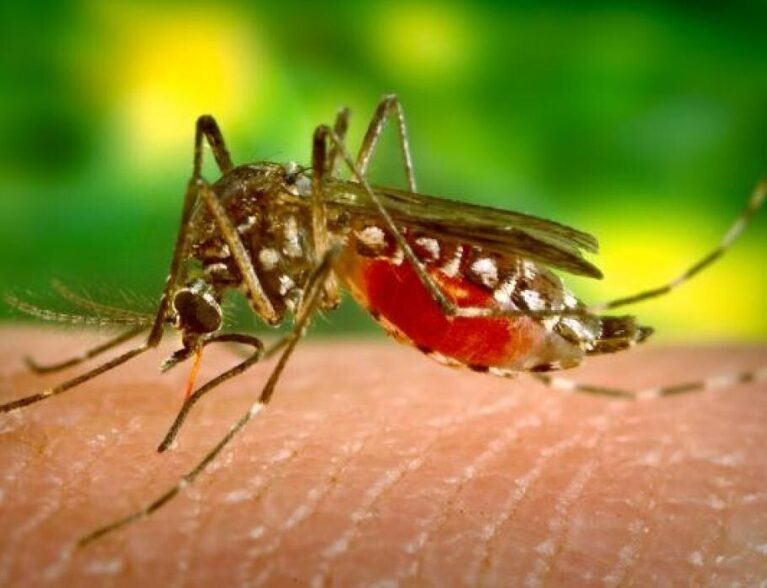
A statewide Florida malaria alert that attracted considerable attention on the nightly news and in social media this past week is the latest bizarre event of the 2020s, but for most 32963 residents, there’s no reason to invest in a mosquito net, or even to worry.
On May 26, in Sarasota County on Florida’s Gulf Coast, a person tested positive for Plasmodium vivax malaria, prompting the county health department to issue an alert.
Then a second person in neighboring Manatee County just south of Tampa tested positive, triggering a similar alert in that county.
But what prompted the Florida Health Department last week to issue a statewide malaria alert?
Each year, 40 to 70 Floridians typically test positive for malaria. What makes these two malaria cases so special?
The answer: The two patients had not traveled outside Florida, but were infected with malaria by a local mosquito.
That means a Florida mosquito had bitten an unknown person or people who had contracted malaria in one of 84 countries where the disease does circulate, and thereby became the carrier that then bit the two Gulf Coast residents who tested positive.
That hadn’t occurred in the United States in two decades – or at least no instances of it happening had been documented.
And when Sarasota County’s non-travel-related malaria case count rose to four patients in June – and then local mosquitoes trapped by investigators also tested positive – the Florida Health Department put out its statewide alert to all clinicians, Indian River Mosquito Control Director Sherry Burroughs said last Friday.
Disconcerting as all this might sound, there’s lots of encouraging news. First of all, the patients on the west coast all responded to treatment and have recovered or are recovering.
The type of malarial parasite found on the west coast is a fairly mild version.
Second, mosquitoes don’t fly across the state. The females that bite typically live about seven to 10 days, and they tend to stay within one mile of their habitat. For the Anopheles mosquito that carries malaria, the ideal breeding ground is a permanent body of freshwater that’s stagnant enough to form a green scum – not your deck planter that fills with rainwater, or the brackish water like the Indian River Lagoon and its canals, according to Burroughs.
And third, the mosquitoes found around barrier island homes are not the Anopheles species, she said.
Burroughs, a biologist with 16 years in the mosquito control industry, said we do have Anopheles mosquitoes locally, but they live and breed in hardwood marshes, or in the recesses of waste tires dumped in wetland areas. So unless residents are engaged in freshwater fishing, kayaking, air-boating or water-skiing out in the marsh, the risk of being bitten by an Anopheles mosquito locally is very low.
The statewide malaria alert puzzled and surprised Burroughs, who recalled that even at the worst point of the Zika virus crisis in 2016 with nearly 1,500 reported cases in Florida, only county-by-county alerts were issued for the worst-hit areas.
Dengue virus, which prompted local alerts this spring in Miami-Dade County after two locally acquired Dengue cases and 71 travel-related cases, and Eastern Equine Encephalitis, detected in the Orlando area in June, present more of a widespread threat to Floridians than malaria, Burroughs said. The peak rainy season for West Nile Virus which is routinely detected in Florida, runs from now through September.
For residents who are concerned about all mosquito-borne illnesses, Burroughs advised avoiding peak dusk and dawn mosquito feeding times. She said wearing long sleeves, long pants and socks, plus repellent containing DEET on exposed skin is the best protection.
“But some people swear by the natural or organic mosquito repellents, the fabric softener sheet in the pocket, the Thermocells or citronella candles,” she said. “Bug zappers unfortunately also take out our beneficial species.”



